The Tribes of Kenya – Beyond the Maasai?
A friend once spoke to me about his fascination with the tribes of Kenya – he talked only about the Maasai. I realised that he was under the impression that the Maasai is all there is to Kenya / Tanzania. Having been to Kenya and having understood the diversity of the culture and tribes of the region, this came as a sad surprise to me! On introspection, I realised that I myself had the same impression before I visited this wildlife haven!
This demonstrates the power of ‘marketing’ and the human tendency to project specific information into general information about a person or a region. There is so much more colour in a cultural context. But in this attention deficit time, we tend to be simplistic. Stereotypes tend to be more convenient.
Cultural history of Kenya – the tribes
Kenya has an extremely diverse cultural history of multiple tribes with different origins. Officially, there are 44 recognised tribes in Kenya. Overall, from an ethnic, linguistic and occupational history, there are two major ‘groups’ that dominate Kenya. Most of the tribes belong to these two groups: The farmer ‘Bantus’ and the pastoral ‘Nilotics’. Together they constitute about 92-95% of the population. There are other groups as well – e.g. the Cushites, Europeans, Asians (Mainly Indians) and Arabs. But these are a much smaller part of the population.
The Bantu people, who initially were farmers (and treated as such by the colonial masters as well) include tribes like the Kikuyu (the largest tribe in the country today), the Kamba, the Luhya, the Kisii, the Meru and the Mijikenda.
The Nilotic group, historically pastoralists with a dominant military hegemony, include tribes like the Maasai, the Lou, the Samburu, the Turkana and the Kalenjin.
Though classified into ‘groups’ these tribes are quite diverse in their culture, traditions, language (about 69 languages in Kenya), living patterns etc. The traditional occupations also may not necessarily be etched in stone. Though the British did try to reinforce this as a part of their policy of Divide and rule policy of controlling East Africa.
The Masai People
The Maasai people are a very small part of the population of Kenya. They are not even one of the major tribes in Kenya. However, they are best known across the world primarily due to their traditional living regions being around the most popular game parks i.e. the Masai Mara and Amboseli.
Due to this popularity, their culture, dance, traditions are quite well-known including a lot of myths. The most interesting tradition is about the cultural pride of a Maasai warrior killing a lion as an essential part of the rituals to enter ‘manhood’. More of a cultural pride – this tradition is no longer practiced and is in fact illegal.
The pictures of the colourful clothes of the Maasai and the Maasai ‘jumping dance’ are the most iconic images used for the marketing of Kenya tourism. The singing and the dance are important elements of the most important ceremony of the Maasai i.e. the coming of age ceremony.
Want to know more about the Maasai? I read these two books after my Kenya visit and they were quite fascinating. The first one gives an insight (a personal one) into the life of the Maasai and the second is a quite an interest fictional wildlife story.
The Worlds of a Maasai Warrior: An autobiography by Tepilit Ole Saitoti. Quite an interesting personal view of the way of life of the Maasai.
Masai Mara Adventures with Ole Ntutu by Gerald Kithinji – a fictional story about the wildlife adventures of a young Maasai boy who gets lost in the Mara. A light entertaining read.
A visit to a Maasai village during your Safari
This is one of the most touted experiences when you are visiting Kenya for a wildlife safari. Basically you visit one of the Maasai community enclosures where the locals enthrall you with the ‘Jumping dance’. However, I personally have a poor view of this ‘experience’. It must have been quite exciting earlier. But now it is quite a commercial proposition with the locals soliciting for money quite persistently. Would not recommend it unless you are very keen on getting the ‘jumping dance’ photo!
The Bomas of Kenya
I was fortunate enough to make a visit to the ‘Bomas of Kenya’ (https://www.bomasofkenya.co.ke ) in Nairobi. Built to showcase the diverse cultural attributes of various ethnic groups of Kenya, this place is quite interesting. Other than the commercial ‘conferencing’ facilities, three aspects stand out at this place. These are the Cultural Homesteads section, the Harambee Dancers’ show and the Utamaduni restaurant.
The Cultural Homesteads
This is a large section, where the traditional houses of the different tribes (separate sections) are shown. A short note on the way these tribes lived and their traditions is also displayed alongside. It may get tiring after some time – but it manages to display the cultural diversity of Kenya.
The Harambee Dancers Daily show
This is the most interesting part of the visit: The Harambee dancing group. In a 2.5 hour show, these energetic (and seeming enjoying themselves) dancers show an amazing variety of the music and dancing traditions of the different regions and tribes. Dance and Music is the best way to appreciate and understand the cultural diversity of Kenya! A must do when you visit Nairobi!
Utamaduni restaurant
Do visit this restaurant to taste some authentic local cuisine. I had a grilled goat meat dish, along with Cassava Ugali, Matoke and spinach! Simple but heavenly!
Asides to the Tribal story
The Conservancy Model of Wildlife Conservation
The British had herded the Maasai (and other pastoral tribes) into ‘reservations’. Today these are the most popular ‘reserves’ or ‘conservancies’ including the Mara Triangle. In addition to the various National Parks and Reserves managed by the Kenya Wildlife Service (KWS), there are many ‘conservancies’ across Kenya. These conservancies are a partnership between the local communities who own the land (like the Maasai or the Samburu) and Safari camp operators. They often adjoin the popular reserves and parks and many a time boast of a better wildlife experience than the Parks / Reserves. These conservancies are a massive success. They demonstrate the contribution of tourism to a sustainable wildlife conservation model. It proves that protection of wildlife and the interests of the local community can go hand in hand!
The Indian Connection?
I was surprised to know that people of Indian origin (or People of south Asian descent in general) are recognised in Kenya as a ‘tribe’. This ‘recognition’ of ‘muindis’ (as Indians are locally known) as the 44th official tribe of Kenya demonstrates the extent to which people of South Asian descent have integrated into the cultural fabric of Kenya.
How did Indians come to be such an important part of Kenya?
This story is quite interesting. While Indians have always been involved in the coastal trade, there was no serious presence till the British Protectorate was formed in Kenya in the 1890s to take over British commercial interests in East Africa. Initially Indians participated as ‘administrators’. But the fillip came with the start of the work on the Uganda Railway line. During the construction of this enormous engineering feat, about 32,000 indentured Indians were recruited from India (mainly Sikhs). The building of this railway line is a different story altogether – the horrific fact is that nearly 2,500 labourers died in this seemingly impossible project.
Sidebar: This project has been made quite famous by the movie ‘The Ghost and the darkness’. The Movie is about the Tsavo maneaters – two lion brothers who terrifyingly added to the railway death count.
Some of these labourers (about 7,000 odd) chose to stay back and got their families as well to this region. With the completion of the railway line, commerce boomed and more Indians mainly the Gujaratis and the Punjabis followed. Today, you will find Indians in all walks of life in Kenya (and in Uganda as well) – mainly in commerce as traders and merchants.
Tribes and Politics?
Unfortunately, with the seeds of division sown by the British colonial masters have only grown to discord even in today’s time. Kenya politics is dominated by ‘tribal’ divisions with the dominating tribes / groups jostling for power – often accompanied by violence.
Recognising tribal roots is essential to celebrate the cultural depth and diversity of a nation and but sadly politics uses it as a tool to divide the nation for its own selfish ends.

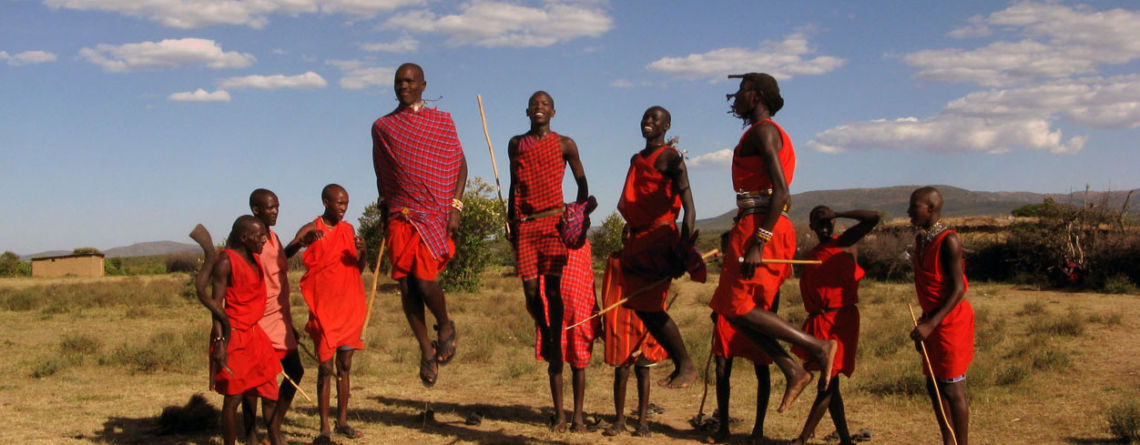
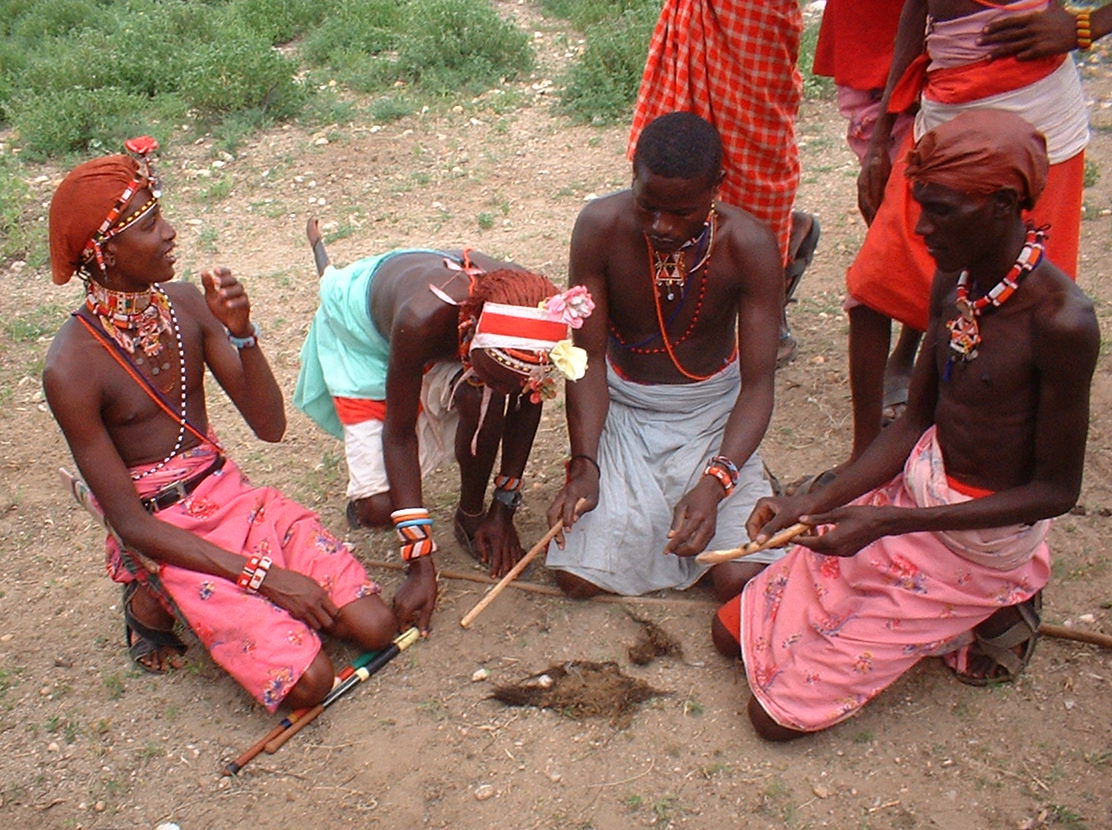
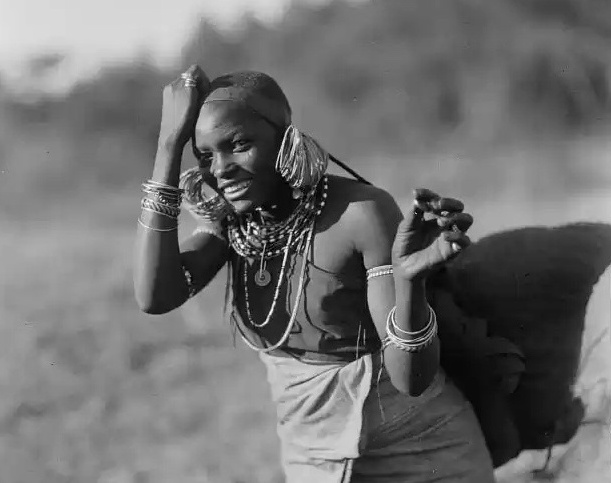
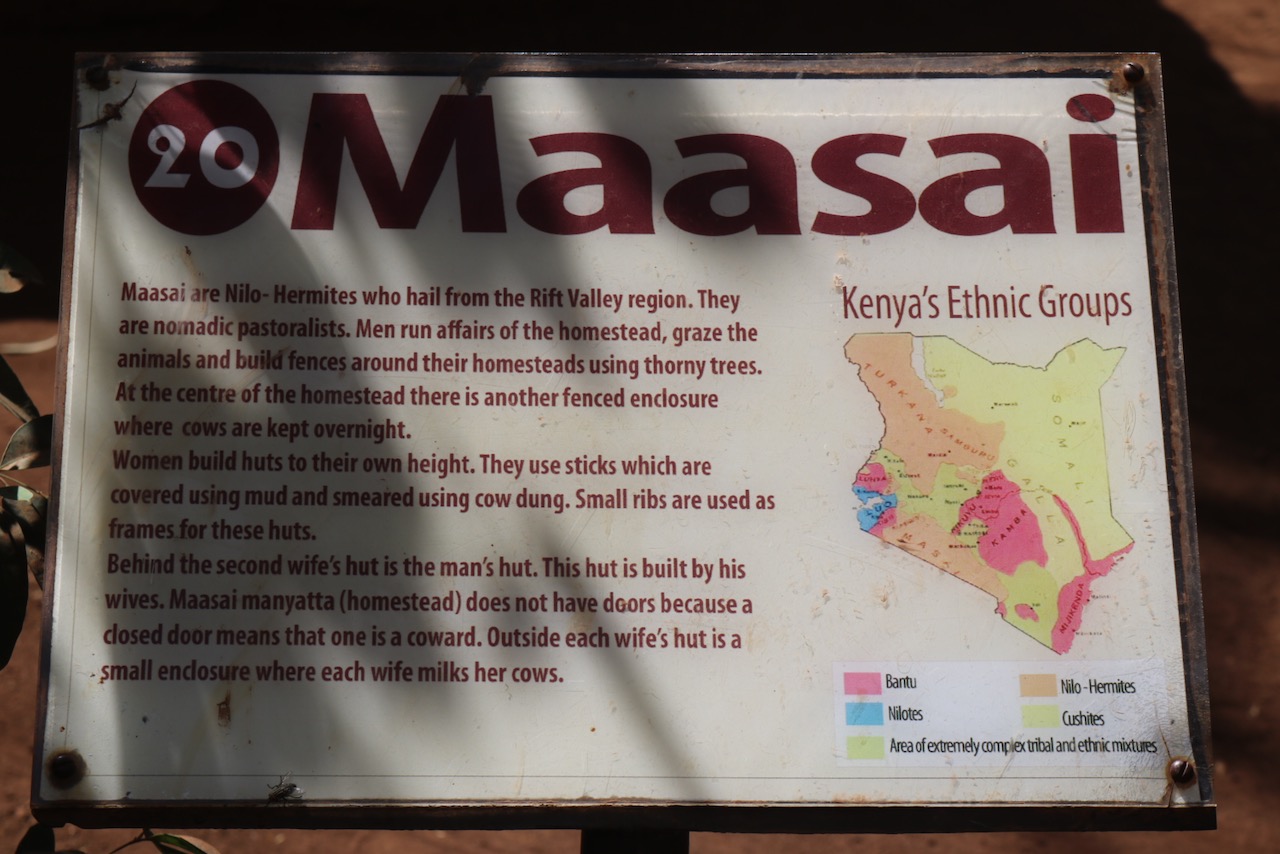
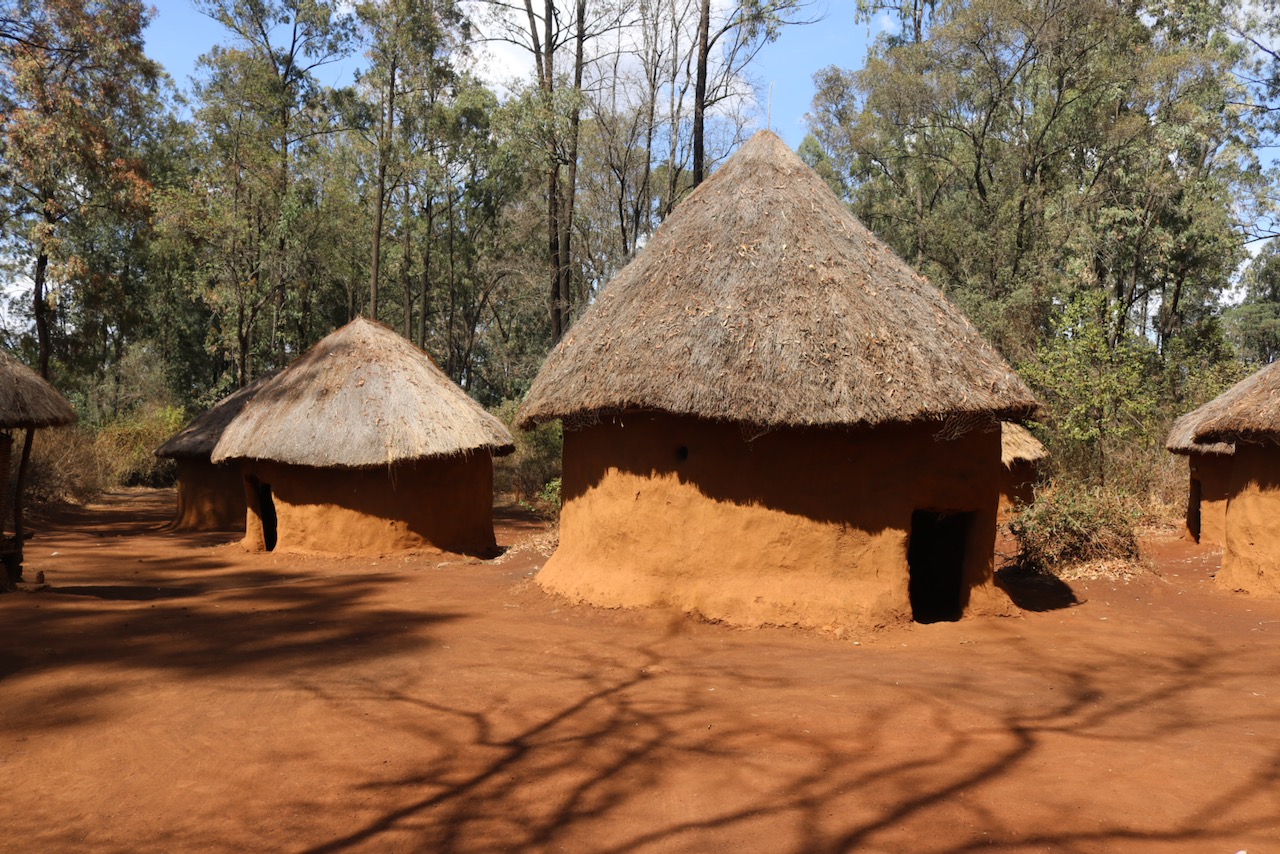
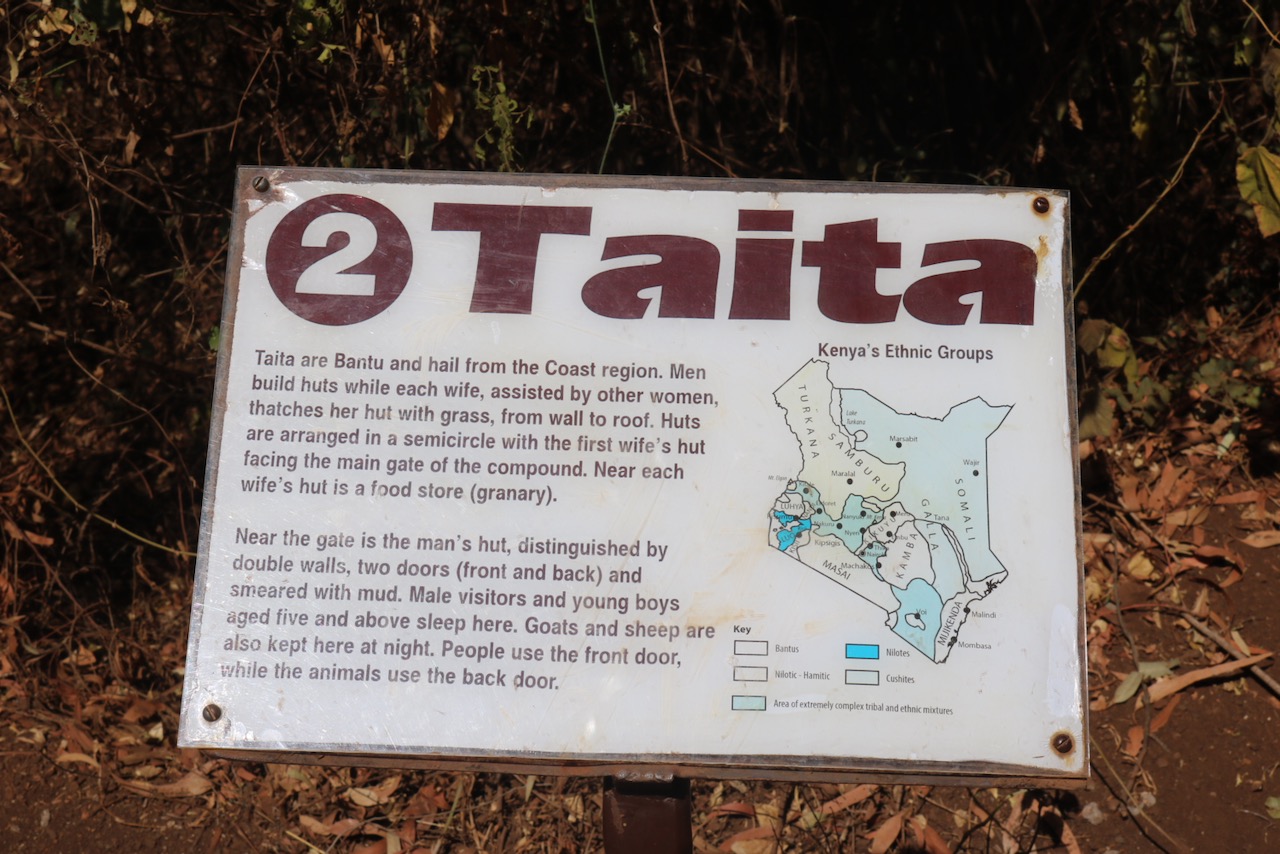

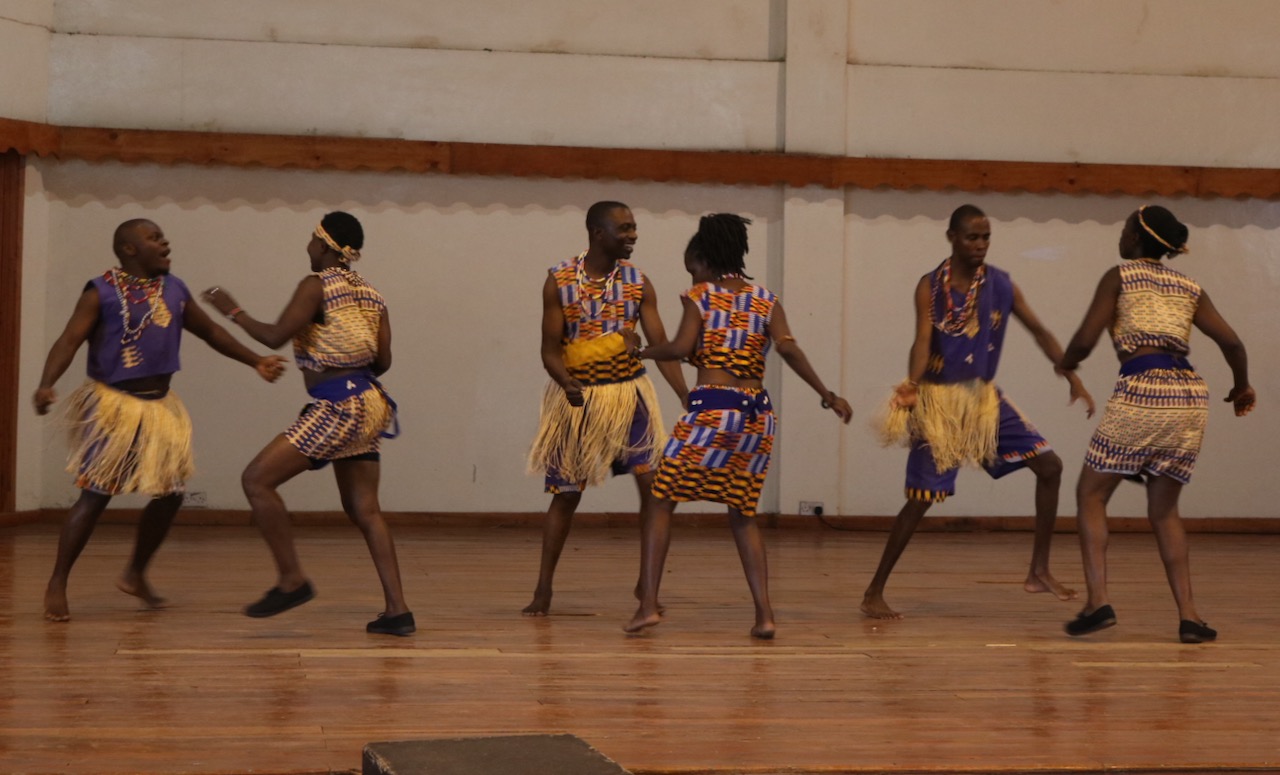
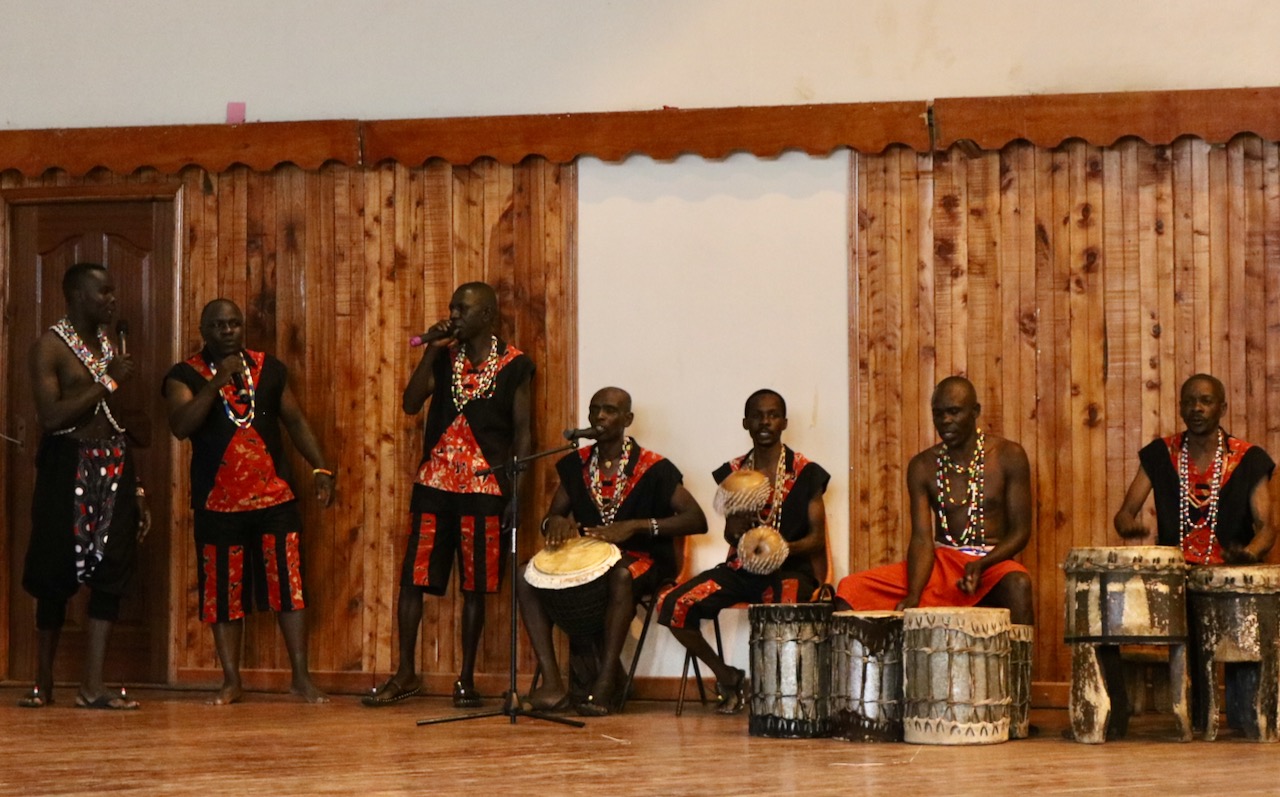
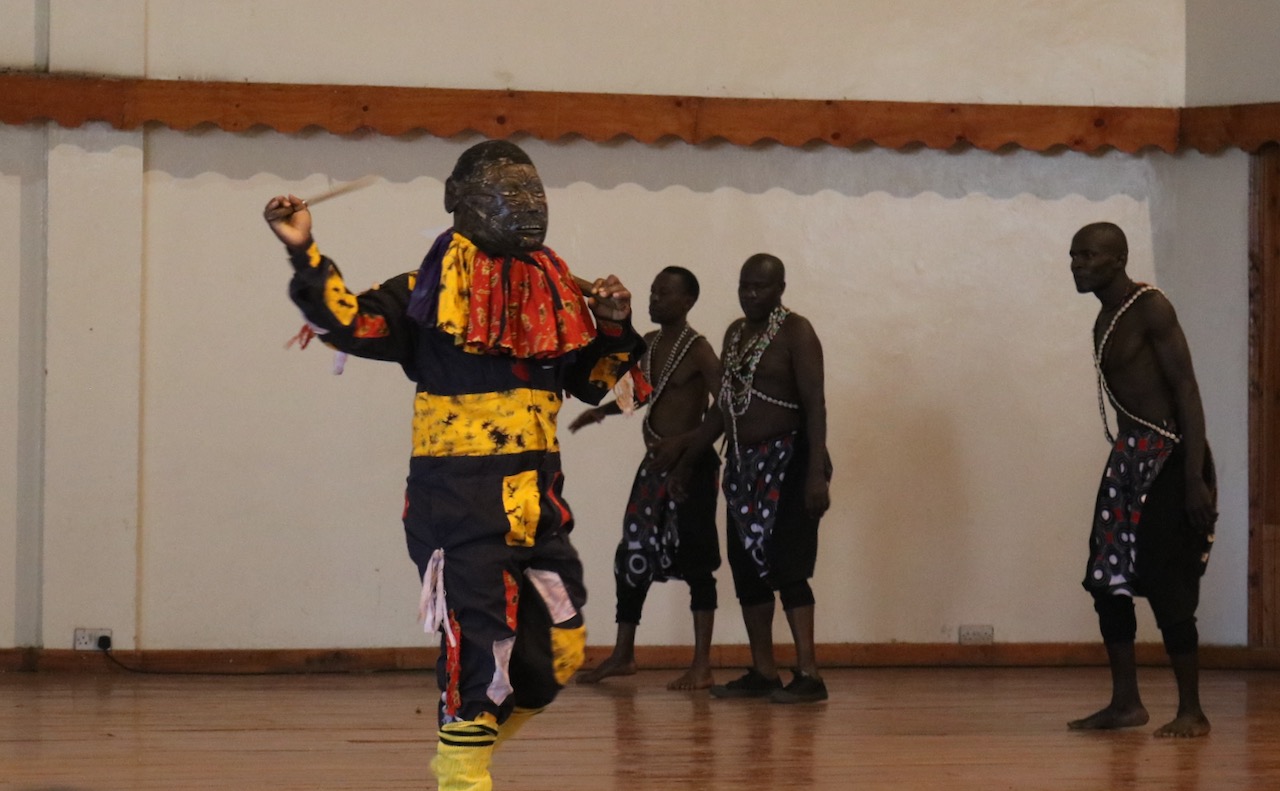
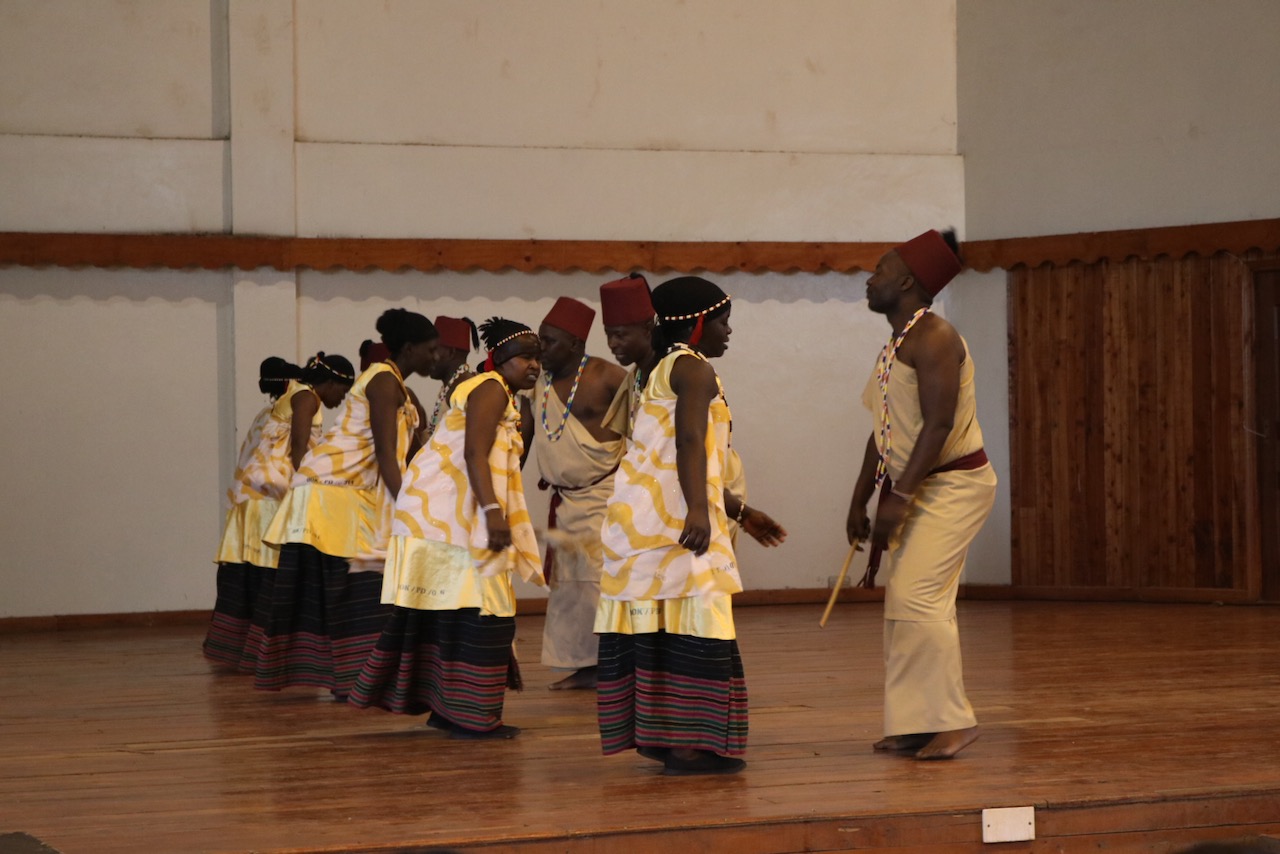
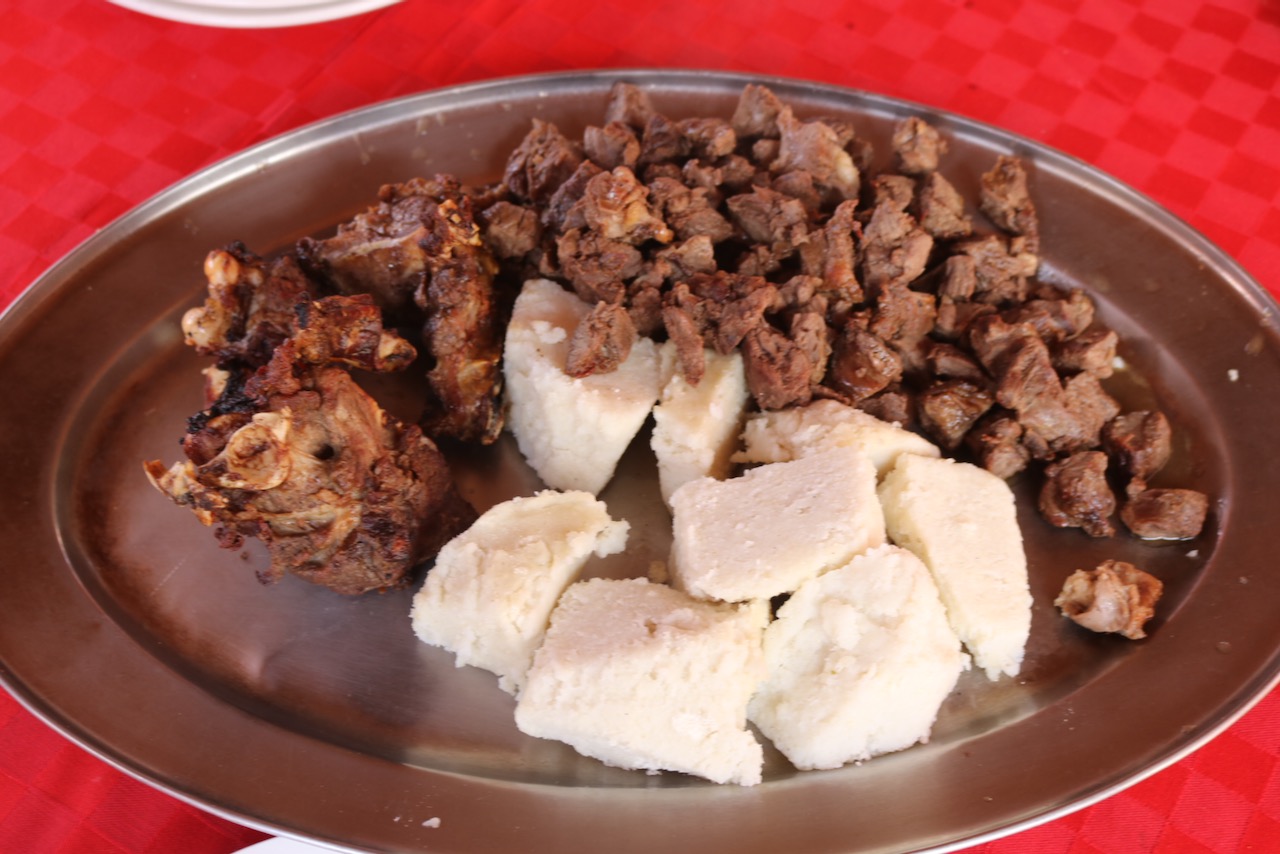
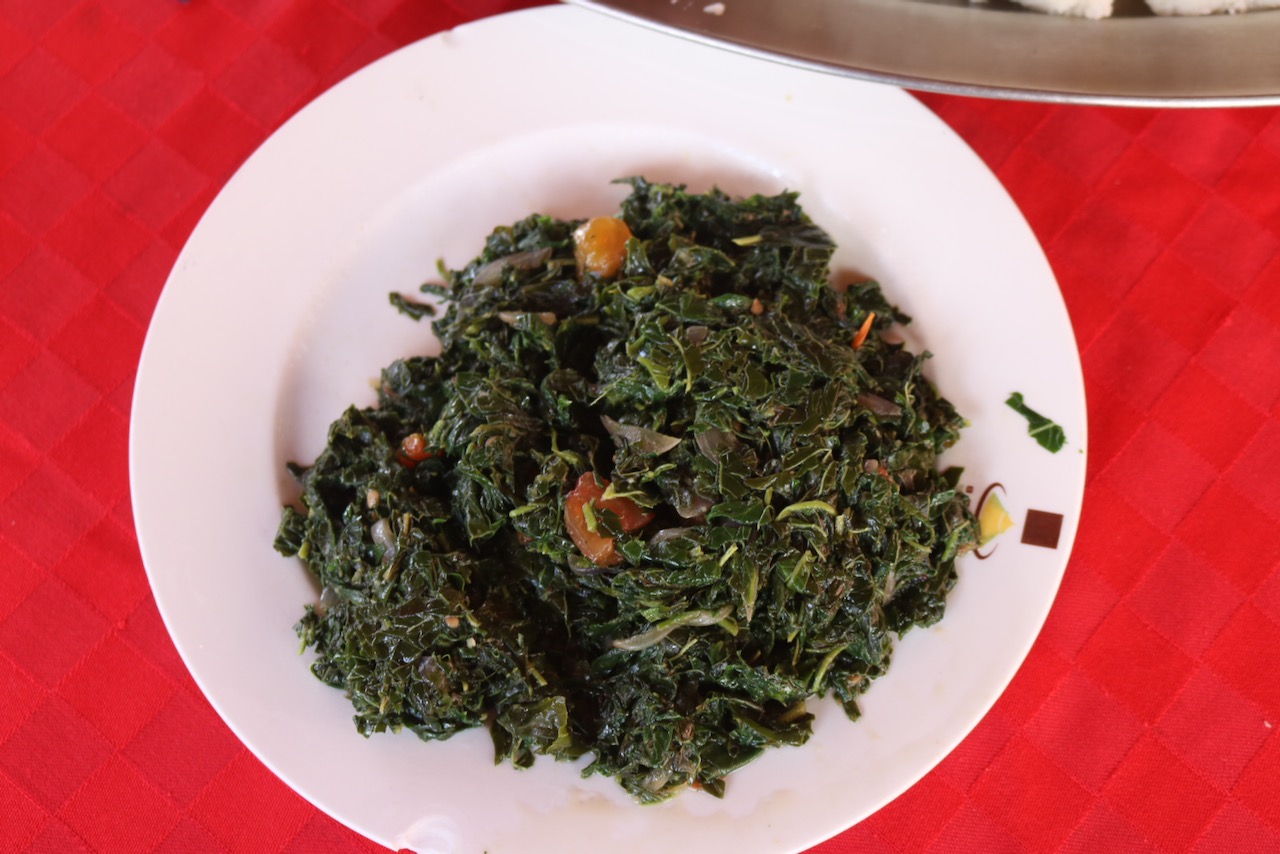
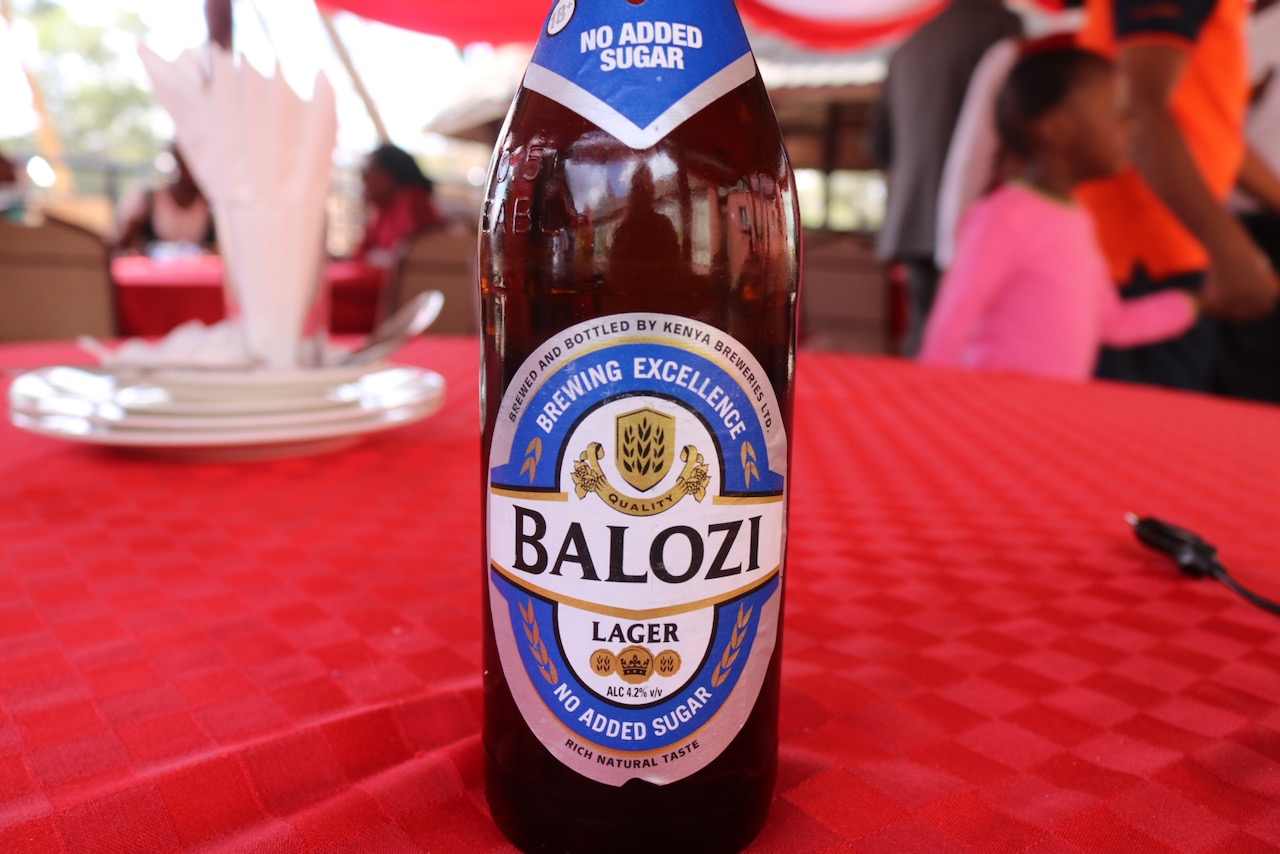
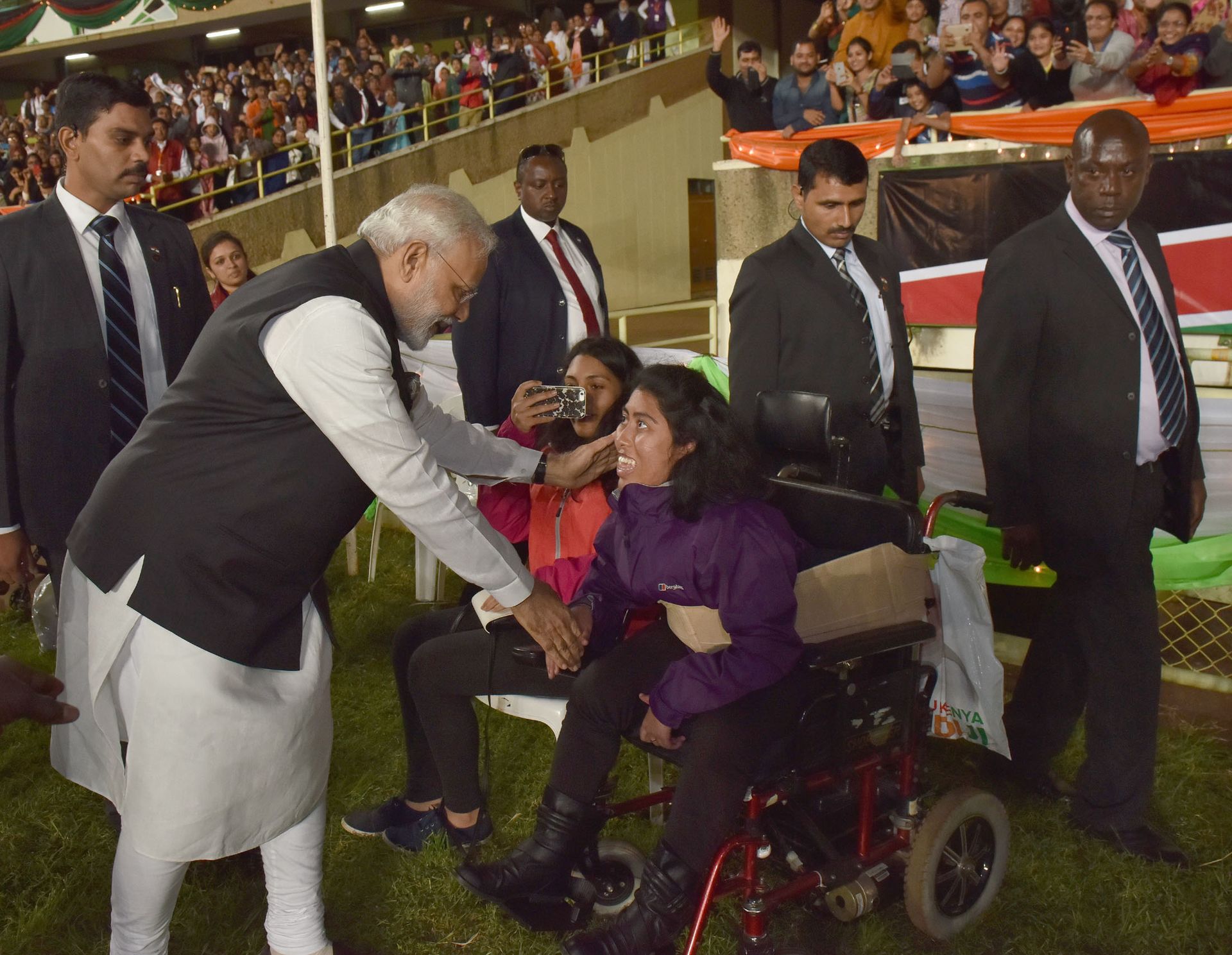
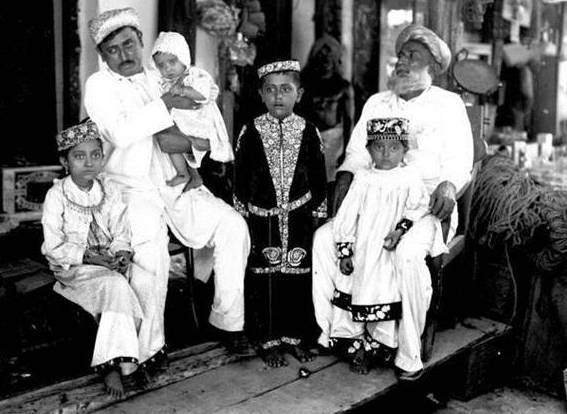

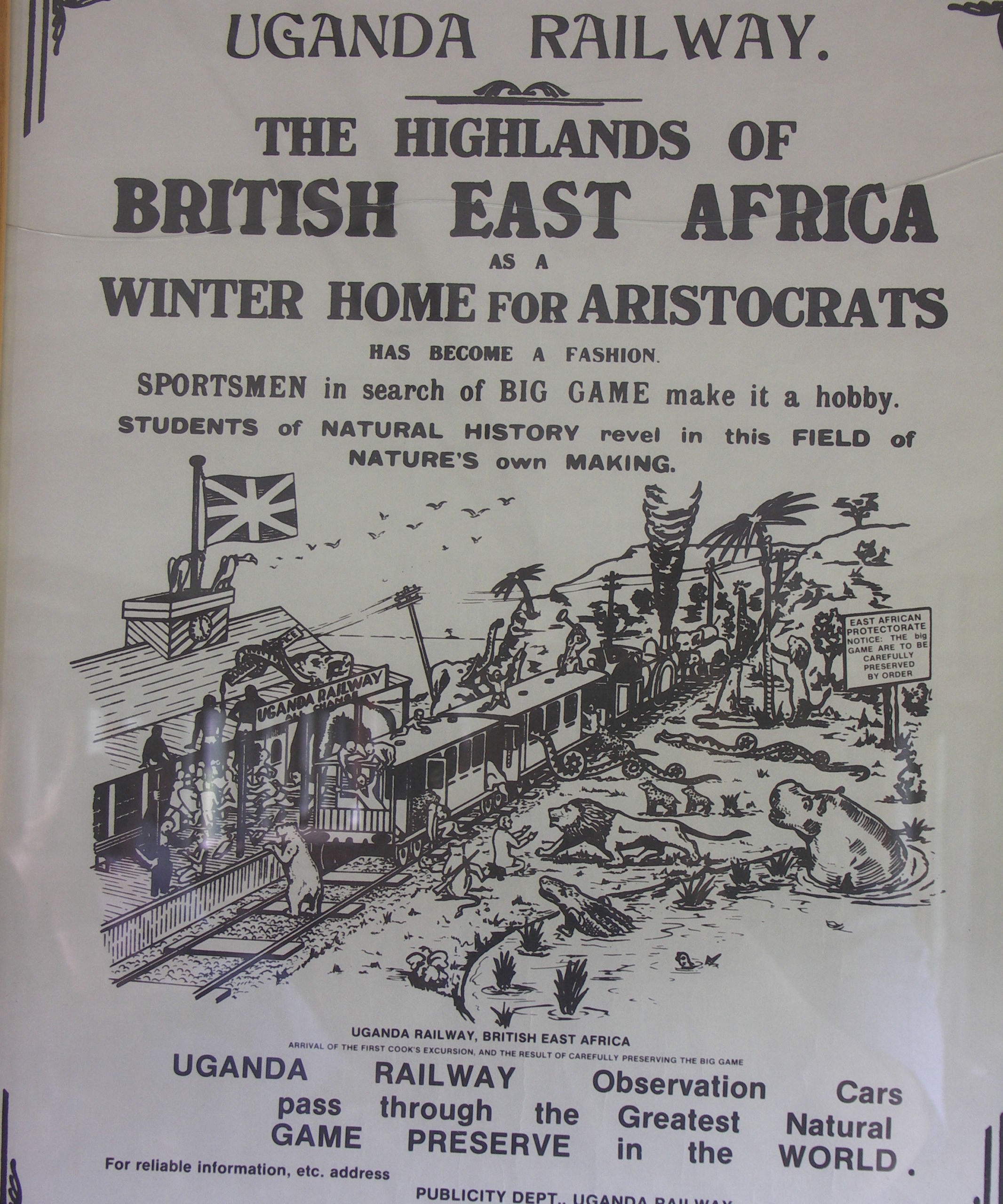
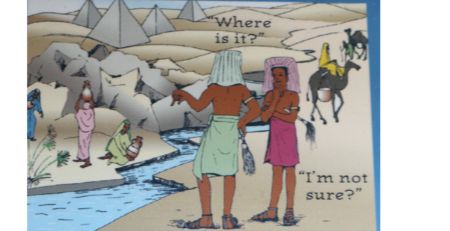
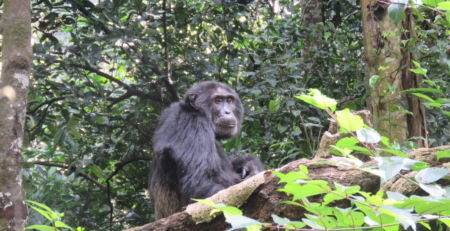
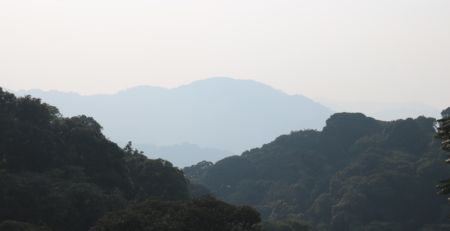
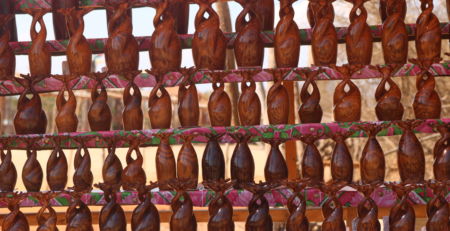
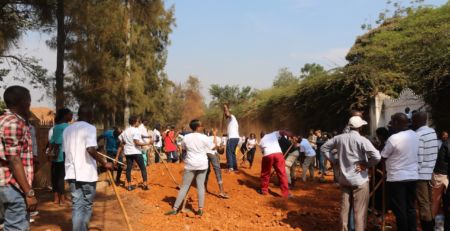

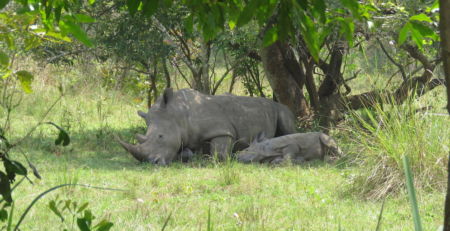
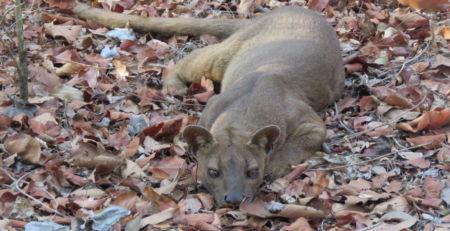
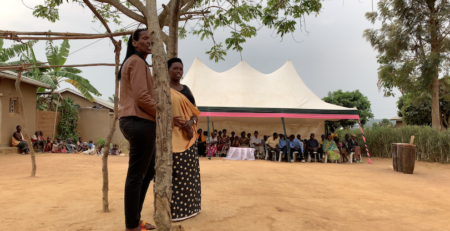

Leave a Reply